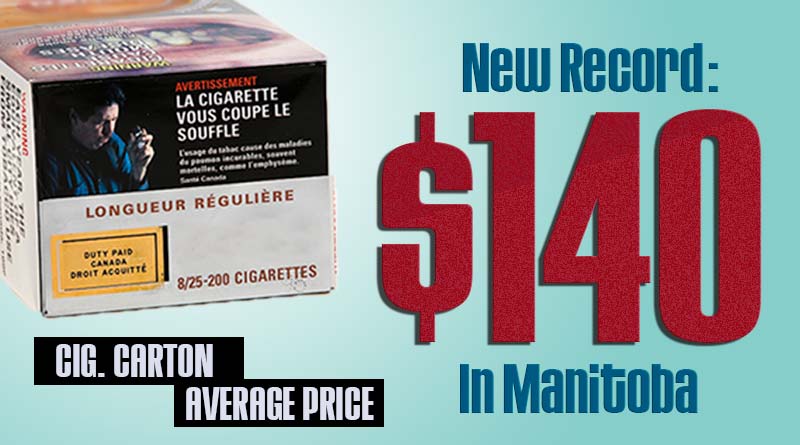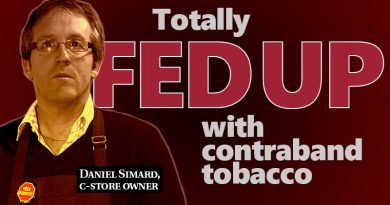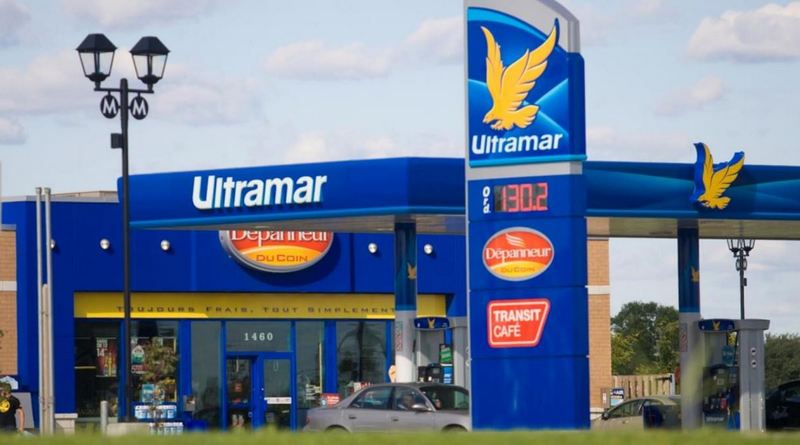Quebec: The Last Province In Canada To Sell A (Legal) Cigarette Carton For Less Than $100
In the wake of the recent Federal budget, tobacco taxes have seen a huge surprise increase, to say the least.
Indeed, Bill Morneau, the Federal Finance Minister, has chosen to accelerate the expected tobacco tax increase planned in 2019, which was supposed to price in the country’s inflation between 2014 and 2019.
After estimating the inflation between 2014 and 2018, he decided for an additional $ 1.29 in duty taxes to a cigarette carton as of February 28, 2018, to which he also added another dollar for good measure, for a total of $ 2.29.
Add to this increase that of most manufacturers and we find ourselves with a more expensive carton of about $ 2.75 and this, pretty much across the country.
That’s 34 cents a pack over and above just in taxes, plus the GST in the end in most provinces.
It’s been a long time since we’ve seen such an increase from coast to coast … and of course, it’s far from over.
Who can afford $100 in taxes on a single carton?
With the latest Federal tax increase, the average price of a carton has risen dramatically, like shown by the following figures below extrapolated from NSRA‘s data (Non-Smokers’ Rights Association – see document here).
CIGARETTE CARTONS AVERAGE PRICES – MARCH 2018
- Manitoba: $ 140.35
- Prince Edward Island: $ 134.04
- Nova Scotia: $ 133.00
- Saskatchewan: $ 131.86
- Newfoundland and Labrador: $ 125.63
- Alberta: $ 119.01
- New Brunswick: $ 119.29
- British Columbia: $ 111.15
- Ontario: $ 105.51
- Québec: $ 96.84
To illustrate just how much these prices are inflated by taxes, in Manitoba they represent $98.99 on a carton of $140.35, or 70.5% of the total price. Just in taxes!
So to purchase a single carton, one must pay $100 to the various governments in pure taxes. That’s a lot of money.
When is the $200 carton due, or how to prohibit a product by its price
Excessive increases in tobacco taxes are likely to continue until consumers stop buying these products: this is called price prohibition.
This approach only yields gains for governments and politicians alike:
- It pleases the health group lobby which demands it loudly;
- It brings more revenue to governments and also helps compensating for lower volumes;
- Most voters don’t smoke and don’t care at all about tobacco taxes;
- And as for smokers, they themselves often feel guilty of pursuing their ugly habit and some see these taxes as a necessary evil.
However, in addition to contraband tobacco, which is significant in Quebec and endemic in Ontario, this policy causes many disadvantages for retailers.
- They need to devote more of their cash liquidities to maintain their inventory;
- It generates more risks of robberies because of its increased value;
- And tobacco remains a category of products on which hangs a sword of Damocles.
Now the question is: how much longer will this product category generate income and above all, by what to replace it with when its customer base vanishes?
That’s a darn good question!






